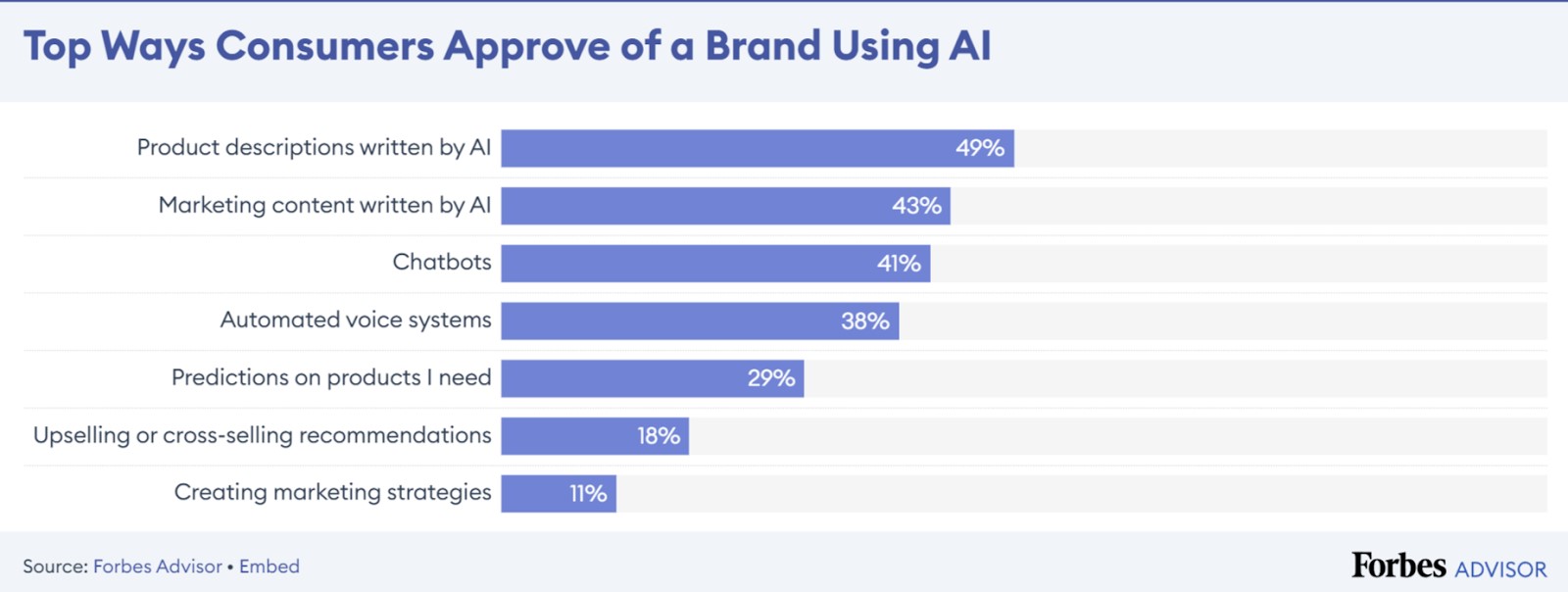

By: Omid Ahmadzadeh
Do you remember the last day you had a good experience as a customer? Have you been encouraged to shop at that store again? What feelings did you have towards that brand? If we answer all these questions, we will realize that having a good experience encourages customers to repeat their purchases. Similarly, poor experiences have a negative effect on the customer’s mind. Therefore, it can be concluded right from the start that customer experience is significant. This creates the most effective type of advertising, which is word-of-mouth. This article examines the impact of service experience on customer attitudes.
The results show that the level of experience and satisfaction influences the consumer’s attitude towards a product or service and, most importantly, the emotional connection created between the brand and the customer. For this reason, a separate department in companies is dedicated to experience creation teams, whose responsibility is to establish and strengthen emotional bonds and create a beneficial experience for customers on behalf of the brands.
A brand’s slogan and customer service, and how closely these two are aligned in practice, familiarize and understand the brand’s audience. In today’s world, services that were previously advertised as customer satisfaction are now an obligation and necessity for brands.
For example, quality, return and exchange policies, and after-sales services are no longer special features for a customer from the brand’s perspective; rather, these are the responsibilities of a brand that competes with numerous rivals in today’s world. It is not just about customer satisfaction; rather, it is the services and the creation of a unique experience that satisfies and attracts them. We must believe that the era of loyal customers to a brand is no longer what it used to be, and the process and cost of satisfying an unhappy customer have become much more difficult. We also accept that the cost of acquiring a new customer for brands is much higher than the cost of retaining an existing customer. Customer service refers to the support, assistance, and advice provided by a company to its customers before and after purchasing or using its products or services. Customer service is a vital factor in ensuring buyer satisfaction, retaining customers, and growing a business. It essentially reflects the level of interaction between the company and the customer.
The output should ensure customer satisfaction within the company’s policies. In recent years, the use of business intelligence and analytics, aided by the automation of customer service systems, has helped brands move in a better direction. However, the human factor remains important and even more influential; therefore, training and controlling human resources in any part of the organization interacting with customers is vital for companies and brands.
Companies and brands have recognized that creating and maintaining excellent service for their customers is an investment in their own brand. By retaining previous customers, they grow through word-of-mouth advertising, which is the most effective type of advertising. At the same time, trained personnel increase the level of confidence and dynamism within the organization, which in turn creates a positive culture that is also conveyed to the customer. In this process, issues are diagnosed, and competitive advantages are strengthened. Ultimately, it is the brand that becomes more powerful.
Customer service is an important part of the business structure. A good customer service program helps sales, increases brand loyalty, and sets you apart from competitors. We understand the value of all this when we realize that retaining just 5% of previous customers can lead to a 25% increase in company profits.
Customer experience stems from customer feelings. If a customer feels good during their interaction with you, it can generally be said that you have managed to provide a good customer experience. To deliver a pleasant customer experience, certain points must be considered when designing the customer journey. Customer satisfaction is assessed from the initial stages of interaction with the brand to after the use of the provided product or service, examining to what extent it has been able to meet their expectations. Customer feedback indicates to the organization that it is moving in the right direction, regardless of the field in which the brand operates. The research institute Gartner defines Customer Experience Management (CEM) as: “An effort to provide a specific pattern and respond to customer interactions to meet needs and enhance satisfaction, loyalty, and advocacy metrics.”
In recent years, the use of business Artificial intelligence and analytics, aided by the automation of customer service systems, has helped brands move in a better direction.
Each year, Forrester’s CX analysts identify the top trends in digital customer experience (CX) and design, and for 2024, they have obtained interesting results. Organizations need to stay informed about advancements in artificial intelligence (gen AI), which are transforming digital experiences, research, and design. In the meantime, organizations are acting hastily due to financial pressures, jeopardizing the quality of experiences.
The world of customer experience (CX) continues to evolve rapidly with technological advancements, changing consumer expectations, and emerging trends.
The customer experience trends for 2024:
- Greater Personalization: Personalization has long been the cornerstone of effective CX strategies, but a quantum leap is underway in 2024. Customers are increasingly demanding and expect experiences that align precisely with their preferences, behaviors, and even moods. We will see this even more as Generation Z takes the lead in society. By utilizing advanced AI algorithms and data analytics, businesses can offer highly personalized interactions at various touchpoints, foster stronger connections, and create long-term loyalty and positive experiences.
- Sentiment Analysis
The benefits of personalization with AI for improving customer experience also extend beyond product recommendations. You could find the best uses of artificial intelligence to improve customer experience through the effective implementation of sentiment analysis. Artificial intelligence could evaluate text from different sources, such as customer reviews, social media posts, and emails.
It can generate an accurate impression of the sentiment underlying the different words of customers. As a result, businesses can easily understand customers’ perceptions of their products or services. Subsequently, businesses can identify different areas for improving customer experience.
. Instead of replacing human interaction, AI acts as a support tool, providing agents with the context needed to deliver efficient and more tailored customer experiences to every customer.
This allows you to generate proactive solutions and improve customer retention.
- Provide AI-powered quality assurance
Traditional quality assurance in CX often relies on human evaluation. But, AI-powered quality assurance can objectively score agent performance, identify customer sentiment, and pinpoint areas where real-time coaching is needed based on data gathered from customer interactions. This allows businesses to identify trends, proactively address issues, and personalize training for agents to ensure they consistently deliver exceptional customer experiences.
- Improve workforce management
Our CX Trends Report found that almost 80 percent of CX leaders are eager to increase their budget for better agent management tools. Many are starting to use AI in workforce management. Workforce management tools can automate tasks, provide data-driven insights, and enable decision-makers to plan their staffing needs proactively.
- Enhance knowledge management
Self-service is a key component for delivering exceptional digital customer service.
AI-powered knowledge management tools help you keep knowledge base content updated and relevant.
- Create more consistent brand experiences
With generative AI, businesses can create a chatbot persona that matches their brand identity. This helps to maintain a consistent tone and personality across all customer interactions. It also makes your brand stand out, enhancing your brand image and increasing customer satisfaction.
Additionally, agents can use AI to adjust their tone during customer conversations.
- Predictive Analytics and Anticipatory Services: Anticipating customer needs before they arise is the hallmark of exceptional CX. In 2024, predictive analytics will play a central role in enabling anticipatory services, utilizing historical data, behavioral patterns, and contextual cues to forecast customer preferences and proactively respond to their needs. By leveraging predictive analytics, businesses can elevate their CRM to a higher level, providing personalized recommendations, proactive support, and timely interventions, thereby enhancing customer satisfaction and loyalty.
- Unified Omnichannel Experiences: With customer interactions across multiple channels and systems, providing a cohesive experience from a unified channel is very important. In 2024, businesses will focus on integrating their CX strategies to provide a seamless transition between online and offline touchpoints and services. By integrating data, processes, and technologies across channels, companies can deliver consistent messaging, experiences, and services, fostering engagement and loyalty, which is very challenging and sensitive to implement.
Organizations have always used some degree of technology to provide an excellent customer experience, but the future of customer service will demand even more advancements to meet customers’ growing expectations.
There is no question that customer service is about to take a massive leap forward thanks to emerging trends like artificial intelligence (AI)
Artificial intelligence (AI) is seen as a set of algorithms that inform a machine what to do and what to learn. These algorithms assist marketing sales professionals by reducing time on important repetitive tasks such as analyzing data, locating opportunities in content, monitoring social posts and so many more.
This means better improvement in marketing and sales jobs, as well as more personalized and great customer experiences.
- Provide fast, 24/7 customer support
Customers expect fast, convenient, 24/7 support from humans or bots. According to Trends Report, 51 percent of consumers say they prefer interacting with bots when they want immediate service.
Using conversational AI, digital agents can provide natural, human-like conversations at any time, such as over the weekends or late at night when your agents are off the clock. These chatbots help agents improve customer support by quickly responding to common questions, freeing up human agents to focus on more complex issues.
In addition to providing always-on support, AI can also help your agents deliver speedier replies. Intelligent tools like macro suggestions provide agents with prewritten responses to customers based on the conversation’s context. There’s also generative AI for agents that instantly expands content, creating a complete reply based on just a few words. These features can help your team achieve faster first response times, decreased handle times, and shorter wait times.
- Effective Customer Segmentation
Artificial intelligence can also help improve the customer experience through effective customer segmentation. The ways in which AI improves customer experience through customer segmentation also provide a glimpse of personalization through AI. Artificial intelligence can help with the analysis of customer data for creating detailed customer segments according to behavior, preferences, and demographics.
As a result, businesses could deliver personalized experiences to customers and improve outcomes in terms of marketing and sales. For example, businesses could deliver targeted marketing campaigns alongside improving the relevance of brand messages for the target audience.
Review of successful samples:
- Amazon
The best example to prove the usability of AI for improving customer experience is Amazon. It has leveraged artificial intelligence to revolutionize the e-commerce sector with an AI-based product recommendation system. Amazon’s AI system creates personalized product recommendations for all users on the platform.
Amazon presents one of the best and most comprehensive examples of artificial intelligence in customer service improvement. Amazon’s AI-powered product recommendation system analyzes different data points such as purchase history, purchases by other customers, customer behavior, and items in shopping carts. The advantage of personalization is that it helps improve customers’ shopping experience, thereby boosting Amazon’s sales.
- Sephora
Sephora is one of the most popular cosmetic retailers in the world right now. It presents a promising answer to questions like “How does AI benefit customers?” with the Virtual Artist app. The app utilizes a combination of AI and augmented reality to help customers try different makeup products virtually.
The Virtual Artist app works by scanning the customer’s face and helping them visualize how different cosmetic products would work on their skin. With the Virtual Artist app, Sephora customers can make better decisions while experiencing an interactive way of online shopping.
Ultimately, businesses that embrace these trends and prioritize customer-centricity will thrive in an increasingly competitive landscape, building stronger relationships with customers and creating sustainable long-term growth in the coming years. As a result, they will perform better in emotional selling propositions compared to competitors and maintain and increase market share. An Emotional Selling Proposition (ESP) is a brand’s strategy to connect with its audience on an emotional level. The ESP seeks to tap into specific feelings or emotional experiences, such as happiness, security, belonging, or nostalgia, to create a deeper, more meaningful relationship between the consumer and the brand.
All of the above will be successful only if a strong CX governance is in place and a customer-centric mindset is spread across all the company’s departments.
These insights paint a nuanced picture of consumer sentiment toward AI. Companies that understand these subtleties are better positioned to align their AI strategies with customer expectations, finding the sweet spot where technology enhances rather than impedes the customer journey.
Links:
https://www.wiz.ai/the-changing-landscape-of-customer-service/
https://www.forbes.com/advisor/business/customer-experience-trends/
https://www.forrester.com/press-newsroom/forrester-2024-us-customer-experience-index/





A valuable insight into customer experience. It is remarkable how a positive interaction can significantly influence brand loyalty.
Very interesting read! I was looking for an insight that was this in depth to further improve my understanding in customer experience.
This is such a great article about customer service. It’s interesting to know how big companies like Amazon and Sephora use AI to improve their customer service!
Paying attention to customer service should be a crucial matter for big corporations and companies. Very informative article.
Very interesting
Great post however , I was wanting to know if you could write a litte more on this topic? I’d be very thankful if you could elaborate a little bit further. Many thanks!
Very interesting read👌